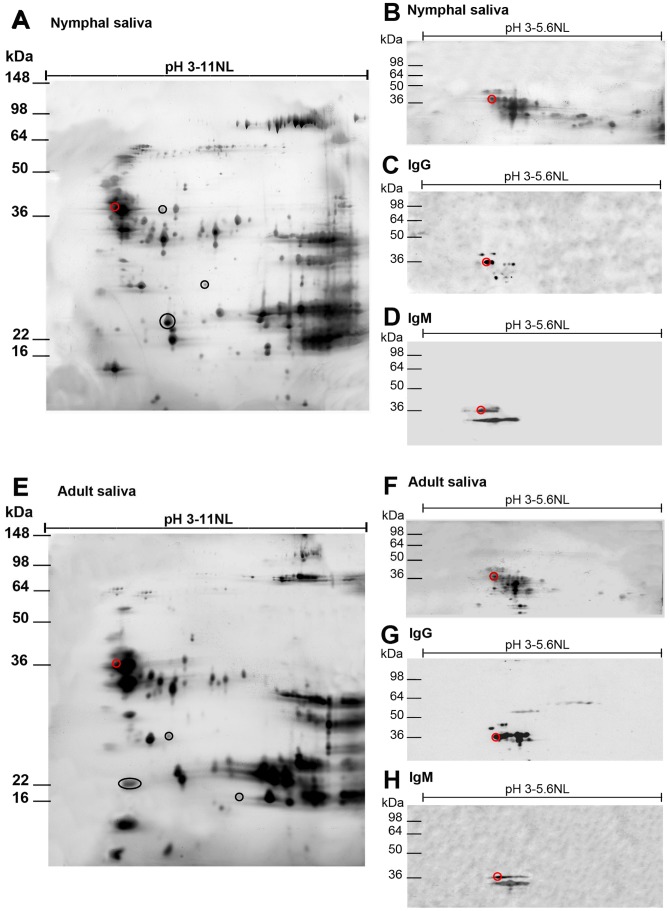Figure 6. Characterization of the 35T. infestans.
Salivary proteins of T. infestans were analyzed by 2D gel electrophoresis and 2D Western blotting in order to identify the candidate exposure marker protein of 35 kDa. The figure presents an overview of nymphal (5th instar, A) and adult (females and males, E) salivary proteins of the Bolivian T. infestans. Developmental stage specific salivary proteins in nymphal (A) and adult (E) saliva are marked with black circles. In order to improve the protein separation, crude saliva of nymphs (B) and adults (F) were isoelectric focused in the nonlinear pH range of 3–5.6. Focused proteins were blotted onto nitrocellulose and tested for their immunogenicity using a guinea pig serum from the 5th week of triatomine exposure. IgG (C, G) and IgM antibody reactions (D, H) with nymphal (C, D) and adult (G, H) T. infestans salivary proteins were analyzed. The candidate exposure marker antigen of 35 kDa detected by IgG and IgM antibodies is marked with a red circle.

